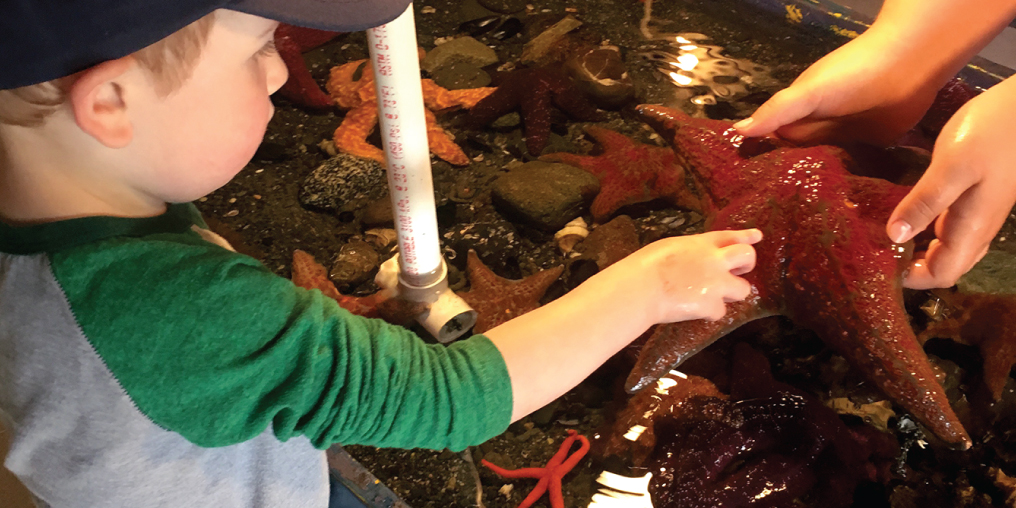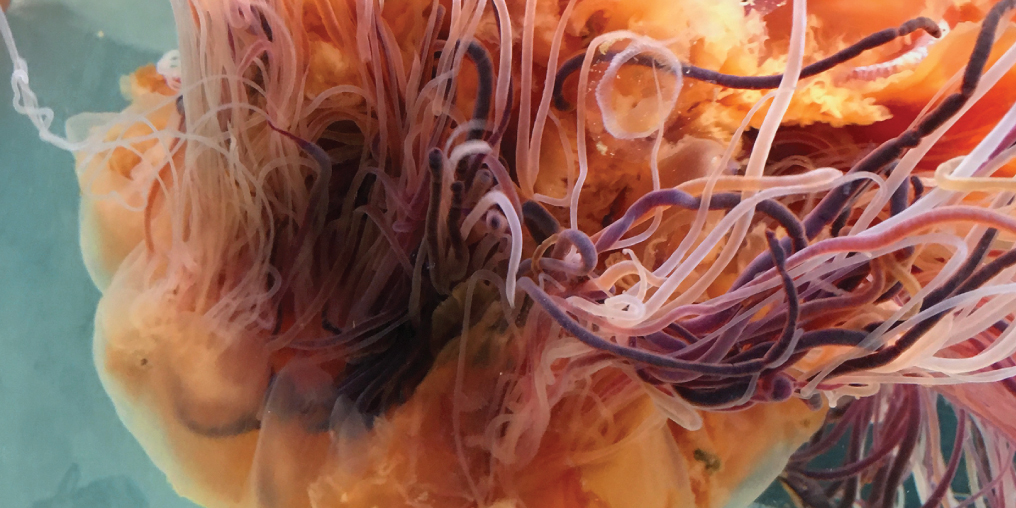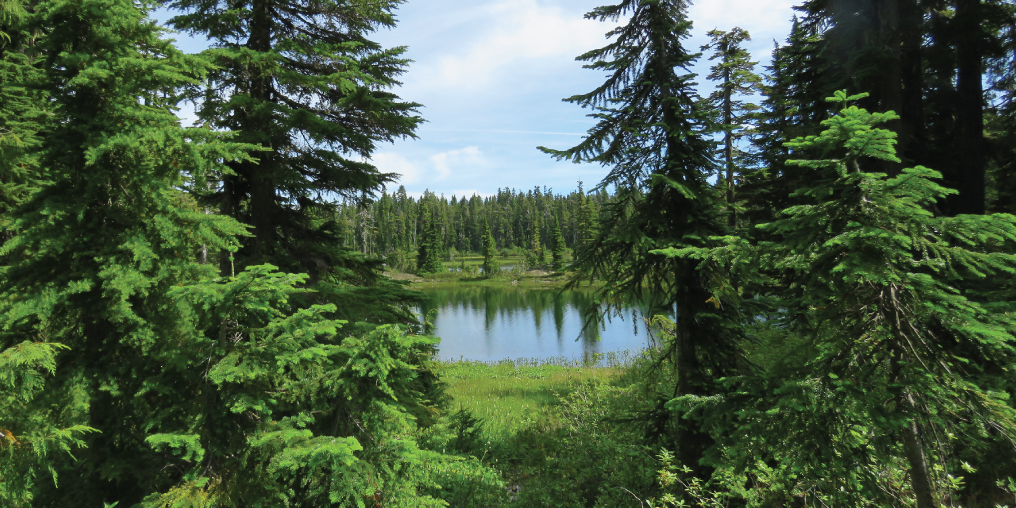Once upon a time, my grade seven teacher took our class on a road trip from our interior town of Kamloops to the Vancouver Aquarium. We became immersed in a magical underwater world, learning marine creature facts, including how orcas live in the wild. We saw a real orca up close and even had a sleepover on the dry side of the Beluga tank. Keep in mind, this was before the Internet (I know), and YouTube (cue the eyerolls), when you couldn’t Google an orca to see what it looked like. This was my first experience with a live whale, and seeing this creature up close rattled my soul in a way I will never forget.
Iconic author and environmentalist Rachel Carson wrote about a “good fairy” she imagined granting children with a “sense of wonder so indestructible it would last throughout life.” Carson’s good fairy marched into my grade seven class and stoked an infinite sense of childhood wonder in me. Perhaps it was my love of nature’s wondrous creatures like the killer whale that led me to marry a biologist. But I digress. Today, we have a new opportunity to learn about the ocean—through the volunteer-run, community-based “catch and release” aquarium concept.
The Discovery Passage Aquarium (DPA) and Explorer Lab is an amazing local resource that I recommend every family visit. Local marine organisms are collected from the ocean (with collection permits) in the spring and are returned to the collection area at the end of the summer season. There are aquariums and touch tanks full of everything from sea anemones to baby bull kelp, where adults and kids alike can view, pick up, and interact with creatures for a rich, tactile experience with sea life. From a parent’s perspective, the idea of these cute, likely grimy, little hands feeling different forms of marine life might make one uneasy. However, a starfish is probably not the worst thing your little sweetie will touch in all the days. Custom programs are offered for school students from kindergarten to grade eight as well as summer camps and birthday parties. Marine biologists periodically speak on a variety of sea life topics. (The aquarium opens in May for the spring and summer, and DPA is always looking for volunteers ages 12 and up.)

Discovery Passage Aquarium Society’s mandate is to enhance knowledge, appreciation, and stewardship of our natural resources and ecosystems. When we brought our own little kids, there was a moment of stillness when I could sense my son’s miniature mind running, imagining the life of each critter. Our children are growing up in a world that is experiencing the biggest changes in the shortest amount of time. The aquarium is a refreshing antidote. By connecting with life under the sea in real time, young, developing minds are forming fundamental connections with nature.
As noted wildlife artist and conservationist Robert Bateman observed, “If you can’t name things, how can you love them? And if you don’t love them, then you’re not going to care about protecting them.” Connecting with nature will drive the deep cultural shifts needed to protect this wonderful world in which we live.









